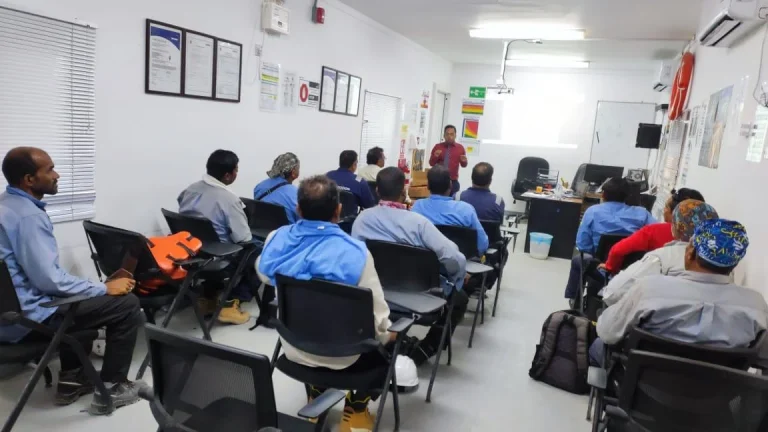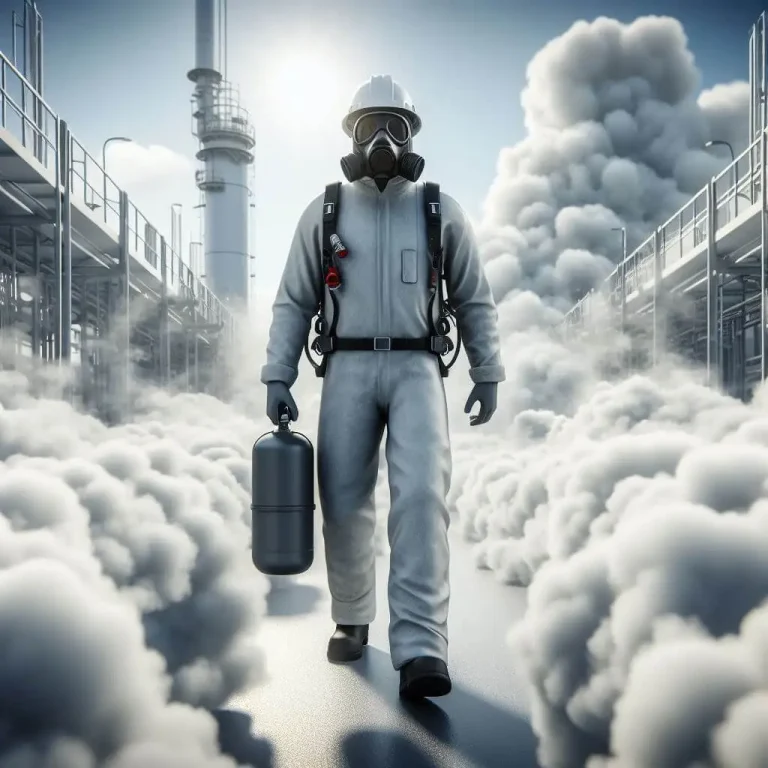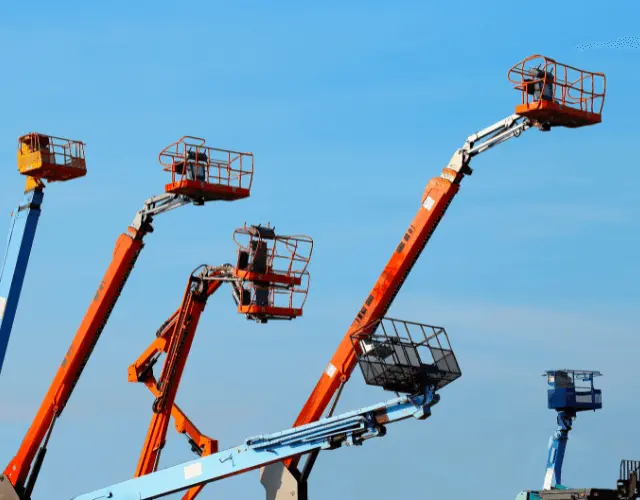Working At Height Training
Engaging in work at height safety involves carrying out tasks above ground level, where the potential for falling and sustaining injuries exists. This can include various activities such as working on ladders, rooftops, or elevated platforms at some height. To acquire the inherent risks associated with such endeavors is harmful, pointing out the implementation of proactive safety measures.
Utilizing appropriate safety equipment like harnesses, guardrails, and personal fall arrest systems too much reduces the incidence of accidents and increases overall workplace safety. Moreover, staying updated with regular training sessions on safe practices and the use of proper types of equipment is needed for anyone involved in work at height safety. This education ensures that everyone is equipped with the necessary skills and knowledge to effectively identify and mitigate potential harm, thereby maintaining a safe work environment.
What is Work at Height?
Any task conducted in an environment where an individual may experience a fall with the risk of injury. This contains various factors, such as operating on platforms, climbing ladders, working on roofs, or navigating elevated surfaces. The definition of height may differ, but it generally pertains to situations where there is a risk of falling from one level to another.
Examples of activities classified as work at height include:
Due to the large risks associated with working at height, it is important to implement large safety measures, training initiatives, and proper equipment to decrease the risk of falls and harm. This involves the implementation of personal protective equipment (PPE), fall protection systems, guardrails, safety nets, and other preventive measures. Regulatory bodies and occupational safety institutes mostly establish guidelines and work-at-height standards to safeguard the safety of individuals involved in activities at height.
Working At Height Hazards
Height working involves any activity that takes place above the level of the ground, where there is a risk of falling and causing individual injury. This can include working on ladders, roofs, or any raised surface. It’s important to assess the risks associated with working at height and implement proper safety precautions to prevent accidents. Employers are responsible for providing proper training and equipment to make it believe the safety of workers performing tasks at height work. Also, workers must be aware of the risky hazards and take necessary precautions to overcome the risk of falls and other related accidents.
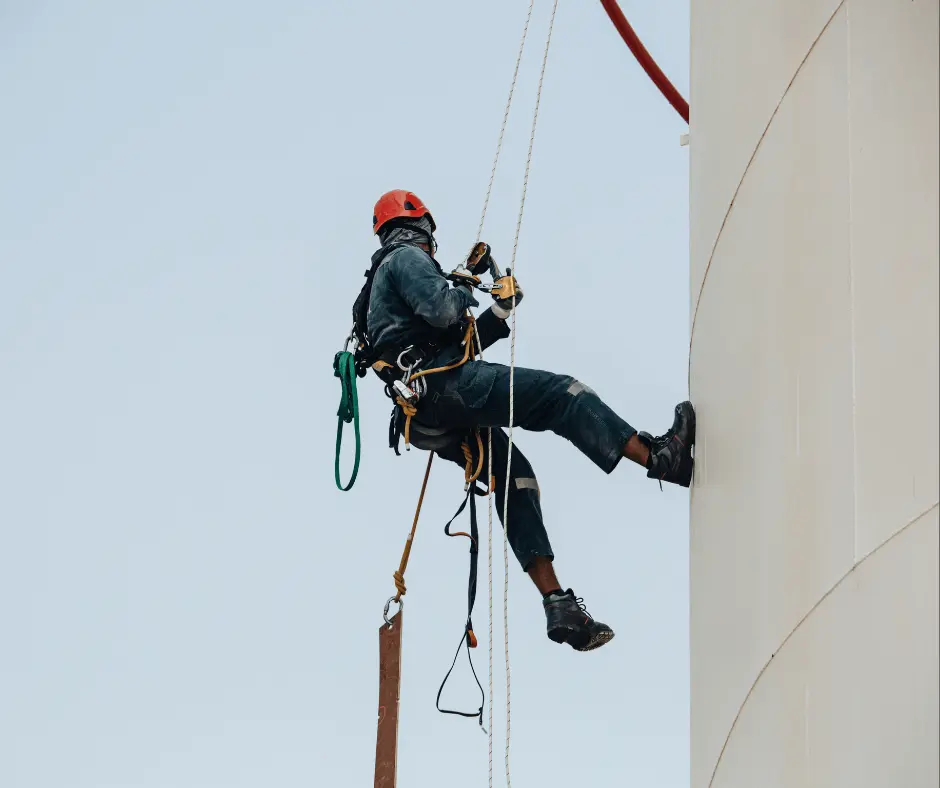
Fall Protection
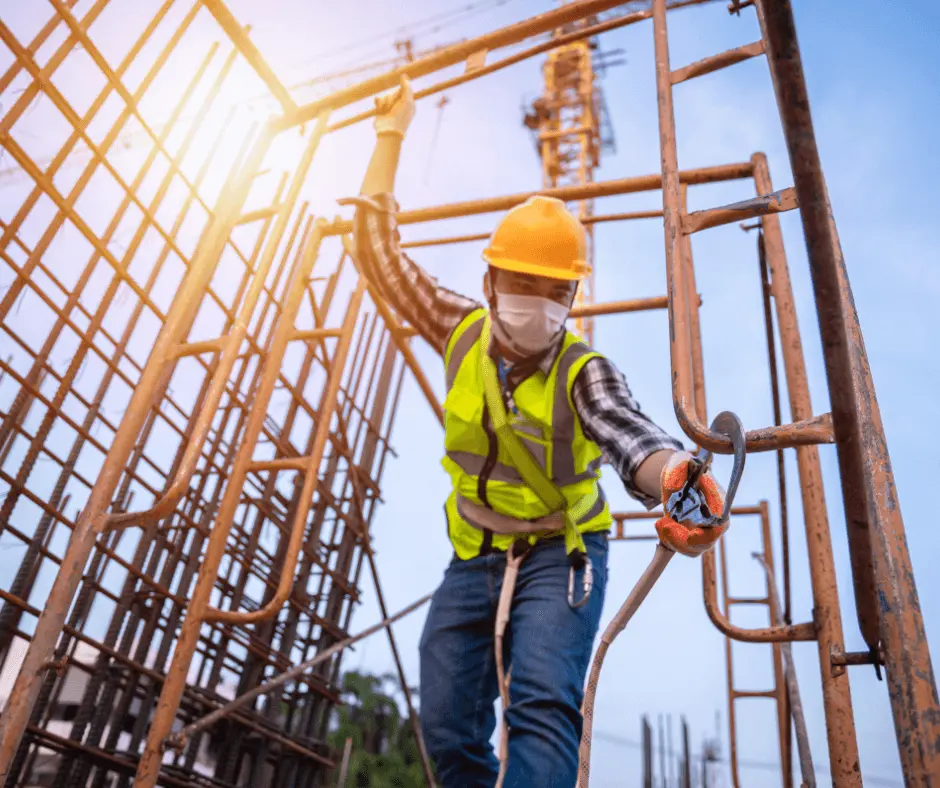
Working at height can come with its hazards. To keep everyone safe, it’s important to assess these work at height hazards carefully. Workers need the right training and gear, like helmets and harnesses, to stay protected. A solid safety plan should have barriers, guardrails, or safety nets. It’s also important to check and maintain all safety gear regularly to make sure it’s working well. Keeping up with the latest safety guidelines and tips can make a big difference. By taking these steps, we can reduce the risks of working at height and make the workplace safer for everyone.
Requirement of PPE for Working at Heights
Working at height has its own safety concerns. To stay safe from work at height hazards, having the right Personal Protective Equipment (PPE) is important. This means wearing a harness that fits well, helmets to protect against head injuries, and strong non-slip shoes to keep steady on high surfaces. Shock-absorbing lanyards can help if a fall happens. Safety systems like guardrails or safety nets can also offer extra protection. It’s important to check and look after all PPE regularly to make sure they’re working well. Following these safety steps helps keep workers safe and reduces risks when working at heights
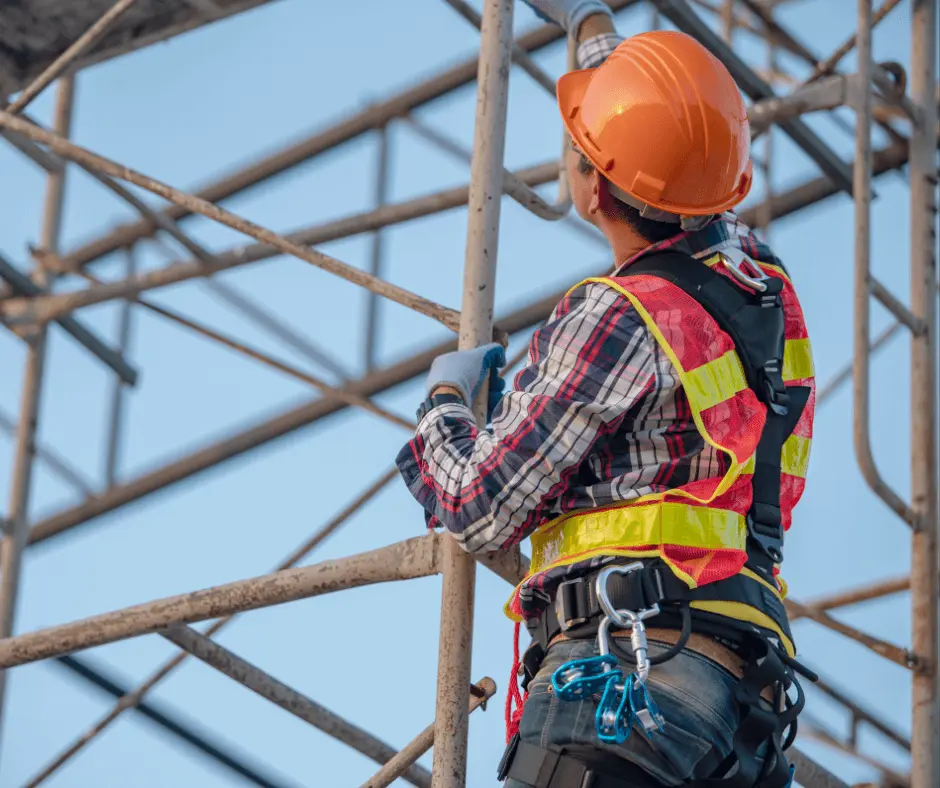
Working at Height – Emergency Rescue Plan

When working at height, having an emergency plan in place for rescue is not easy to ensure the safety of laborers. This safety plan should include clear WAH safety procedures for taking action to emergencies or injuries at the spot, as well as designated personnel trained in rescue policies. Moreover, it’s important to have already available rescue machines and tools such as harnesses, ropes, and first aid kits and supplies. Daily routine drills and training sessions should be imposed to make sure that all labor communities are known of the emergency process and can quickly respond in case of an injury to a person. In the end, communication equips and joining with external emergency work should be introduced to educate a swift and coordination…
Safety Tips for Working at Heights
When working at heights, it is not easy to give priority to safety at all times. First and foremost, laborers should always wear appropriate personal protective equipment (PPE), such as harnesses and helmets, to decrease the risk of falls or head injuries. Moreover, regular inspection of tools and workspaces is important to signify any risk about work at height hazards and address them properly. Moreover, proper exercise in safe work practices and emergency processes is important for all workers involved in tasks at high levels. In the end, established WAH safety protocols and rules can significantly minimize the accidents or injuries occurring in that area of work.
Safety has to be the first concern if working at height. Workers are greatly helped by appropriate signs in being made aware of any risks and reminded to take the required safeguards. Because it alerts people to particular risk areas and reminds them to wear the right safety equipment, clear and visible working at height signage can help avoid accidents.
Working at height hazards carry a significant number of risks, from slick surfaces to shaky platforms. Employees must be conscious of these hazards and know how to successfully reduce them. Individuals can take preventative steps to guarantee their safety while working at elevated locations by identifying possible risks such as falling objects or unprotected edges. The key to avoiding mishaps and injuries while working at height is knowledge of these risks, together with appropriate training and following safety procedures.
Importance of Working at Height Signage
Working at height signage plays an important role in promoting safety. Clear and visible signs help workers understand the risks and precautions associated with elevated work. Here are some key points about working at height signage:
Remember, prioritizing safety through proper hazard identification, control measures, and clear signage ensures a safer work environment for everyone. Stay safe!
Work at Height Toolbox Talk
When conducting a height work toolbox talk, it’s important to admire the importance of proper WAH safety tools, such as harnesses and lanyards, while also explaining the risks and hazards linked with working at heights. Additionally, correct procedures for ladder use, scaffolding inspection, and fall protection systems (FPS) are important to make sure that all workers are well-educated and aware of how to minimize risks. It’s important to encourage open discussion during these talks and provide a place for the laborer’s community to ask questions and share their job experience with the Working at Heights team. This conveys an environment of safety awareness, precautions, and continuous improvement in the system. When working at height, it is not easy to calculate industry standards and rules & regulations to ensure the safety of working laborers. The standard height for working at height may vary depending on the few tasks and working place, with different working industries having their own instructions and guidelines. In constructing a building, for example, the normal height for fall safety precautions may be set at six feet or more, while in other industries, such as telecommunications or washing the windows, the standard height may vary. It’s important for working laborers and employers to stay educated on the recent standards and best practices when working at heights to lower risks and prevent accidents. Occupational Safety and Health Administration (OSHA) Standards (United States) generally consider a height of 4 feet (1.2 meters) or more above a lower level as a potential fall hazard that requires some form of fall protection
Why Choose Staff Development Training Center?
We’ve been a leading choice for conducting health and safety training center in Saudi Arabia since 2012. Over the years, we’ve partnered with many well-known construction companies, offering them top-notch training. Our programs focus on safety when working at heights and complying with regulations. Our dedication to excellence shows in the growth of employees from respected companies, helping them handle challenges at heights more effectively.
TVTC and IADC Verified Training Center in Saudi Arabia
At Staff Development Training Center we take pride in being at the front line of verified training centers in Saudi Arabia. Specializing in empowering multiple type of professionals, our programs are designed to boost the skills, promote safety, and make sure compliance with organizations works at high standards. Very well known for our agreement to make it excellent, our company is verified by both the Technical and Vocational Training Corporation (TVTC) and the International Association of Drilling Contractors (IADC) in Saudi Arabia.
Through collaborative participation with renowned construction companies and their authorities, we have successfully trained and equipped employees with the necessary knowledge and skills to navigate the different challenges of the construction industry. Our excellent programs not only meet regulatory needs but also play a part in imposing an atmosphere of safety and uniqueness within organizations.
Choose Staff Development Training Center for comprehensive and verified training while working at a height that goes beyond industry expectations. Maximize the excellence of your workers and ensure a safe, compliant, and beneficial construction environment.


